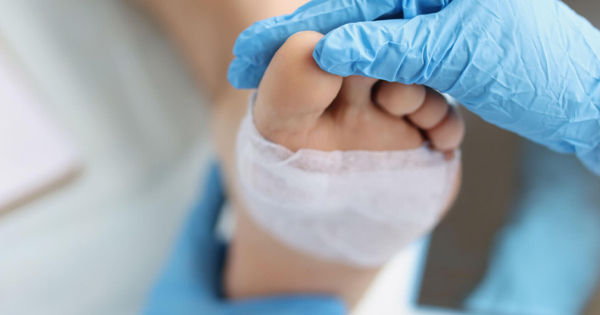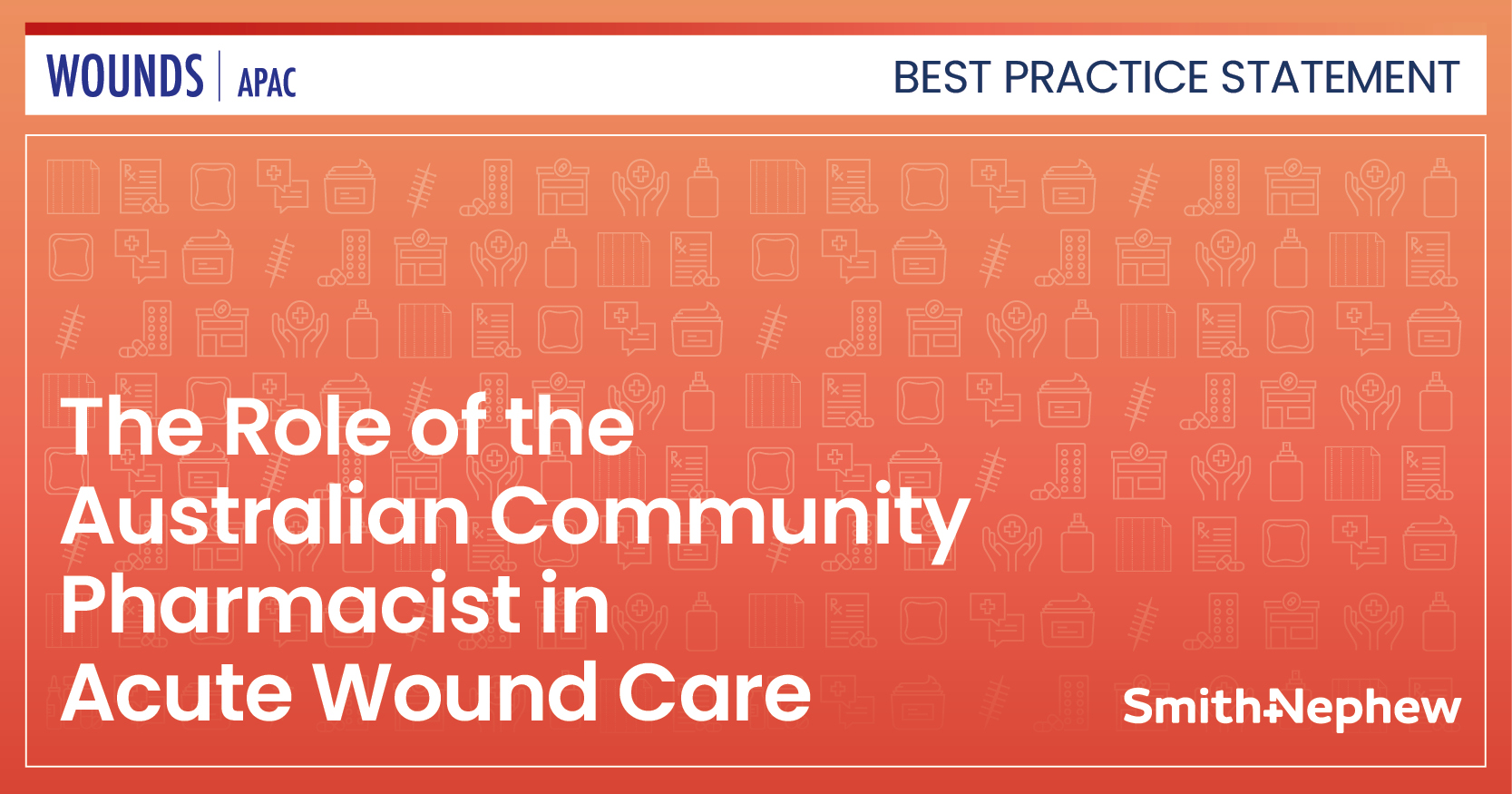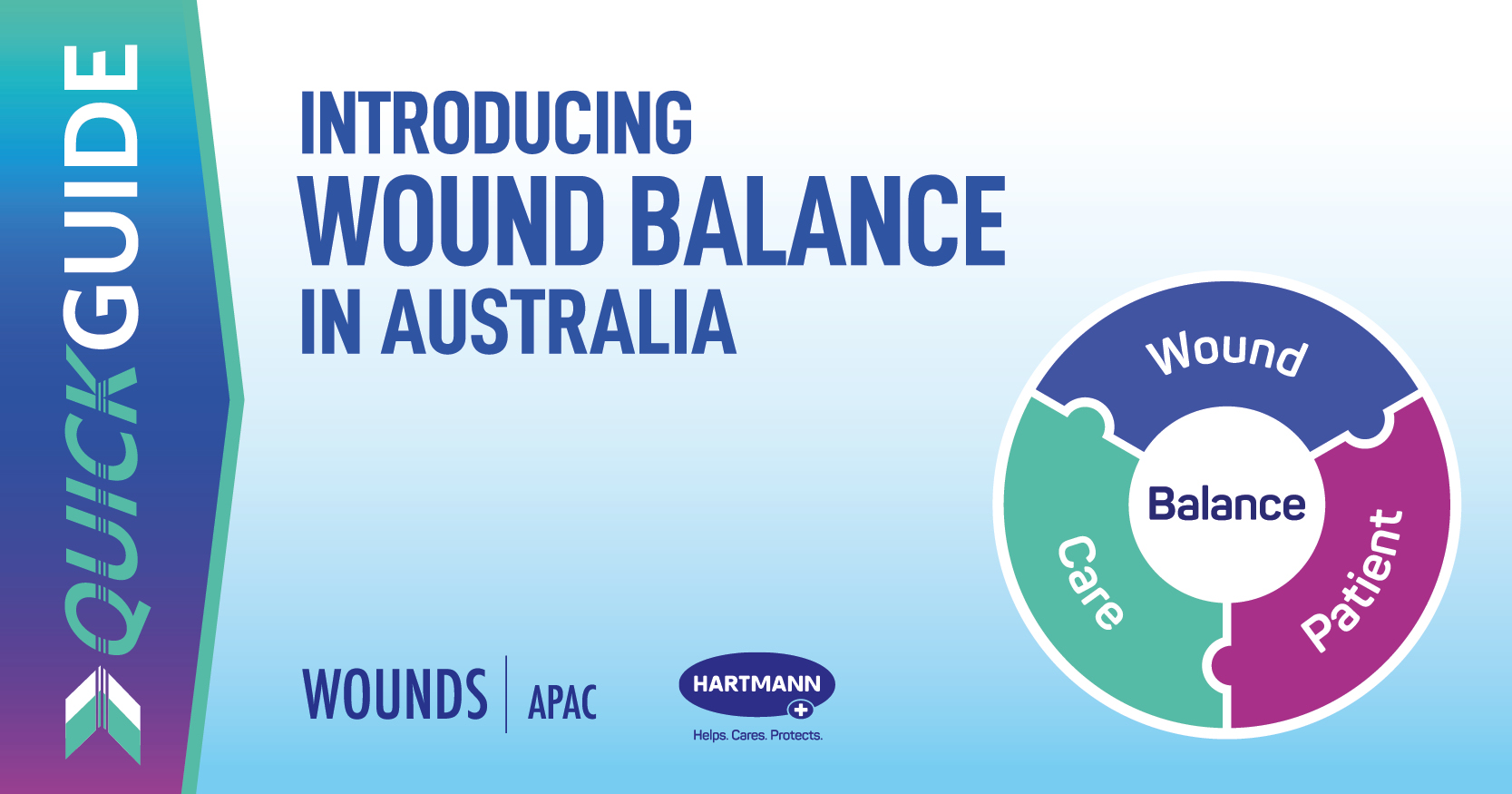Wounds, particularly chronic wounds, are a matter of concern for patients and clinicians alike. Chronic wounds are defined as wounds that have failed to progress in an orderly and timely manner to restore the anatomic and functional integrity of the injured site. Chronic wounds represent a significant burden to patients, healthcare professionals and the entire healthcare system. These wounds are referred to as hard-to-heal and difficult to treat and the time span required for chronicity is up to 3 months (Falanga, 2022). Based on the causative aetiologies, chronic wounds have been classified into four major categories: pressure ulcers, diabetic ulcers, venous ulcers and arterial insufficiency ulcers (Frykberg, 2015) [Figure 1].
The most encountered chronic wound is the lower-extremity ulcer; these are generally vascular or diabetic in nature and account for up to 98% of all lower-extremity wounds (Frykerg and Banks, 2015). Chronic wounds significantly affect the quality of life of patients by requiring continuous topical treatment, causing immobility and pain in a high percentage of individuals. As shown by Bowers (2020) some common features shared by each of these wounds include prolonged or excessive inflammation, persistent infections, formation of drug-resistant microbial biofilms, and the inability of dermal and epidermal cells to respond to reparative stimuli. The signs and symptoms displayed in Figure 2 of chronic wounds are increasing wound pain, friable granulation tissue, oedema, wound breakdown, redness around the wound area, delayed healing of the wound and malodour as reported by Pant (2019).
In aggregate, these pathophysiological phenomena result in the failure of these wounds to heal. Correctly identifying the aetiology of a chronic wound, as well as the local and systemic factors that may be contributing to poor wound healing is the key to successful wound treatment (Heras, 2020). The care and management of patients with chronic wounds imposes a huge challenge to the patient, their families and the healthcare providers.
Categories of chronic wounds
Pressure ulcers (PUs)
Pressure in combination with shear and/or friction, promotes the development of localised ulcers called PUs also known as a pressure injury, decubitus or bed sore. PUs often develop on the heels, ankles, hips and tailbone [Figure 3]. They can develop quickly and be difficult to treat (Järbrink 2016). PU care is expensive and costs more than $11 billion annually in the United States per the Agency for Healthcare Research and Quality (AHRQ) statistics (Berlowitz et al, 2024). PUs are caused by pressure against the skin that limits blood flow to the skin. Limited movement can make skin vulnerable to damage and lead to development of bedsores. Three primary contributing factors for PU are:
- Pressure — constant pressure on any part of your body can lessen the blood flow to tissues. Blood flow is essential for delivering oxygen and other nutrients to tissues. Without these essential nutrients, skin and nearby tissues are damaged and might eventually die. For people with limited mobility, this kind of pressure tends to happen in areas that are not well padded with muscle or fat and that lie over a bone, such as the spine, sacrum and coccyx , shoulder blades, hips, heels and elbows.
- Shear — shear occurs when two surfaces move in the opposite direction. For example, when a bed is elevated at the head, you can slide down in bed. As the tailbone moves down, the skin over the bone might stay in place, essentially pulling in the opposite direction.
- Friction — friction occurs when the skin rubs against clothing or bedding. It can make fragile skin more vulnerable to injury, especially if the skin is also moist. Evidence shows that Pressure Ulcers account for 19% of public health expenditure in Australia and the total cost of hospitalisation and treatment is $983 million per annum. In the United States, meanwhile, the total cost of PUs is $2.1 billion per year and in the UK it is approximately £2.1 billion per year as reported by Barakat-Johnson (2019). In Scandinavia, the prevalence of open PUs varies between 13 and 27%. In Denmark, it was found that 58% of open pressure ulcers were not documented either in the medical record or in the nurse record. The prevalence of PUs in Europe as a whole was found to range between 4.6% and 27.2% with the median prevalence being 10.8% (Moore, 2019).
Diabetic ulcers
An open sore on the foot is called a foot ulcer. It may be shallow, confined only to the surface of the skin. Deep foot ulcers can involve full-thickness of the skin, muscle, tendons and bones. Foot ulcers are common in people with diabetes and individuals with compromised blood circulation [Figure 4]. As per recent reports, 537 million people suffer from diabetes out of which 19 to 34% of people will develop foot ulcers in their lifetime (McDermott, 2023). The International Diabetes Foundation reported that 40 to 60 million people globally are affected by DFUs (Armstrong, 2022). A meta-analysis found the global prevalence of DFU was 6.3% among adults suffering from diabetes according to which 33 million people were affected by DFU as shown by Zhang (2017). Patients generally seek medical treatment in later stages, which leads to complications like amputation etc (Primadhi, 2023). This complication occurs due to poor glycaemic index. It is estimated that 12% of individuals with a foot ulcer will require amputation as a result of infection brought on by untreated foot ulcers The 5-year survival rate after one major lower-extremity amputation is about 50%. Once amputation occurs, 50% of patients will develop an ulcer in the contralateral limb within 5 years (Armstrong, 2023). Various efforts are needed for the development of a health system for DFU prevention and early diagnosis, especially in the disadvantaged populations as shown by Armstrong (2020).
Venous ulcers
Venous ulcers account for 70–90% of ulcers found on the lower leg [Figure 5]. In the United States, it has been estimated that venous ulcers cause the loss of 2 million working days per year (Müller-Bühl, 2013). The prevalence of venous ulcers in the States is approximately 600,000 annually (Kolluri et al, 2022). In individuals 65 years and older, venous leg ulcers affect approximately 1.69% of the population in the U.S. (Bernatchez et al, 2022) Venous leg ulcers cost approximately $9,600 to treat (Berenguer Pérez et al, 2019). The annual cost of treating venous ulcers to the US healthcare system is estimated at $2.5–3.5 billion (Probst et al, 2023). Up to one-third of treated patients experience four or more episodes of recurrence. The data from Australia estimate that the annual healthcare costs of venous leg ulcer treatment of more than AUD$3 billion yearly and as per data from the UK it is £941 million (Probst, 2021).
The cost impact of leg ulceration is not well documented in Europe and estimates differ widely in their methodology. The costs of treating patients with a leg ulcer in specialised wound centres in Germany demonstrated that average cost per patient ranged from €9,900–€10,800 have been estimated to be €3,000–€6,000 (Gueltzow et al, 2018). Most of the cost was contributed by the cost of inpatient treatment. In Scandinavia, the annual expenses per patient for treating a venous leg ulcer have been estimated to be €3,000–€6,000 (Jodheea-Jutton et al, 2022). Similar to that noted in the United States, a high recurrence rate is observed. One reason could be that it is estimated that almost half of the patients with an active open ulcer treat themselves in Sweden (Gottrup, 2013).
Arterial insufficiency ulcers
Arterial insufficiency ulcers (also known as ischaemic ulcers or ischaemic wounds) are mostly located on the lateral surface of the ankle or the distal digits [Figure 6]. They are commonly caused by peripheral artery disease (PAD). Arterial leg ulceration occurs due to reduced arterial blood supply to the lower limb. The reduction in arterial blood supply results in tissue hypoxia and tissue damage. Peripheral vascular disease is most common in men who are older than 45 years of age and women older than 55 years, and patients may also have a family history of premature atherosclerotic disease (Grey, 2006). The pain in arterial ulceration usually begins distal to the obstruction moving proximally as ischaemia progresses.
The ageing population as an increased risk factor for chronic wounds
The biomedical and socioeconomic burdens posed by wound complications are worsened by the aging global population. As the global population ages, so does the nursing home population, and this will lead to more pressure ulcers. In Europe, similar to that in the US, aging of the population is associated with increase in the number of patients with a chronic wound. In the 17 years between 2008 and 2025, the total population of the EU is expected to increase by less than 1%. During that interval of time, the population aged 65 and above is expected to increase by 13% (25.5 million) and the proportion of the population aged 65 and above will increase from 17% in 2008 to 22% in 2025. It is estimated that by 2050, the total population of Europe will be static or declining while the population aged 65 and above will have increased by 50 million (59%) (Guest, 2017). The population 65 and over will increase from 35 million in 2000 to 40 million in 2010 (a 15% increase) and further increase to 55 million in 2020 (a 36% increase for that decade). The number of those over 85 years old is projected to increase from 4.2 million in 2000 to 6.1 million in 2010 (a 40% increase) and then to 7.3 million in 2020 (a 44% increase; Guest, 2017).
A global public health concern: perspective from developed countries
Globally, many people suffer from chronic or complex wounds that can be very difficult to heal and cause severe pain and hardships. In recent years, the incidence of chronic wounds has been growing like a ‘silent epidemic’ (Norman, 2016). The increase is due to the aging population and the concurrent increase in comorbidities and life style diseases, such as diabetes, obesity, venous hypertension and peripheral vascular diseases (Müller-Bühl, 2016). They not only represent a significant health problem but also have a profound financial and psychological impact. Treating these wounds is costly, both in terms of time and resources required. The amount of money spent on wound care, the loss of productivity for afflicted individuals and the families that care for them and their diminished quality of life come at great cost to society (Petropoulos, 2016).
It is estimated that 1–2% of the population in developed countries suffer from chronic wounds at any time (Järbrink, 2017). As the population ages, the number of chronic wounds is expected to rise significantly. There will be more than 400 million diabetics worldwide by 2025, with the greatest increases in Asia, Africa, and South America. It is estimated that 25% of these patients will develop foot ulcers during their lifetime (Petropoulos, 2016).
In the USA, over 6.5 million patients suffer from chronic wounds that cost US$25 billion to the healthcare system annually (Carter, 2023). In a typical hospital setting, between 25% to 40% of beds are occupied by patients with wounds. By 2020, the older population will be over 55 million, suggesting that chronic wounds will continue to be an increasingly persistent problem in this population (Guest et al, 2017).
According to the Australian Wound Management Association, an estimated 400,000 Australians have a chronic wound or ulcer at any given time (Norman et al, 2016). The estimated hospital costs per bed-day in Australia are between AU$699 and AU$840 depending on the location and hospital size (Las Heras, 2020). This high incidence of chronic wounds and expensive treatment translates into a major burden on the healthcare system and annual costs are estimated to be AUS$3 billion (c. US$ 1.9 billion; Las Heras, 2020).
In Germany, the prevalence of chronic wounds has been reported as affecting some 4 million people with the annual frequency increasing. There were 786,407 prevalent and 196,602 incident chronic wounds, including 326,334/172,026 patients who underwent wound-relevant treatment in 2012 as reported by Müller-Bühl U (2013). In 2015, more than 35 million people in the Middle East and North Africa (MENA) had diabetes, and this number is expected to double by 2040 (Khan and Hamdy, 2017). This alarming increase in prevalence will result in an increase in related complications, such as diabetic foot ulcers. These countries showed that the diabetic foot ulcers are more prevalent and is associated with the worse health outcome compared to other developed countries, as reported by Shahi (2012). In Norway, the prevalence of diabetic foot ulcers is between 7 to 10%, while in Finland, the prevalence of chronic wounds is estimated to be 1.3-3.6% (Probst et al, 2014).
The Indian scenario: perspective from developing country
In developing countries like India, the problem of wounds is further compounded by other factors such as low literacy rates, poor access to quality health care, inadequate health infrastructure, imported medical equipment, affordability and lack of universal health insurance coverage (Shobha Bhat, 2014). The healthcare professionals and the society in general are not fully cognisant of the indirect complications and socio-economic burden of chronic wounds (Barakat-Johnson, 2019). The challenge is exacerbated by the relatively low levels of specific wound training in many healthcare settings. Due to lack of access to specialist skills in wound care, wounds are typically managed as a comorbidity of other conditions, limiting the efforts to overcome the growing challenge they represent (Falcone, 2021).
Clinicians often lack specialised training in the diagnosis and treatment of wounds because it is not a defined specialisation. In home care and long-term care, chronic wounds, such as diabetic foot ulcers and venous leg ulcers are often managed by general nurses as part of their ongoing care for a patient (Probst, 2021). The high cost of medical treatments and limited resources deter patients from receiving available care, leading to the development of severe complications associated with chronic wounds (Sun, 2020).
There is lack of comprehensive research and data on the epidemiology, social, psychological and financial burden of chronic wounds in India. Due to the scarcity of this data, monitoring the healthcare resources consumed by wound care and evidence-based management of wounds is difficult to implement in developing countries like India. Very few studies have reported the incidence and prevalence of chronic wounds and the cost of treating these wounds as shown by Järbrink (2016). These studies also mainly considered the direct costs associated with wound care although the substantial portion of this considerable cost is contributed by indirect cost of wound care. In some developing countries, foot problems may account for up to 40% of available resources. The recurrence of foot infection was common among Indian diabetic patients (52%; Shahi, 2012). There are only few regional studies with small population size which have reported the prevalence and aetiologies of chronic wounds in particular geographies in India. The major community based cross-sectional study in India was conducted in 2001-2003 by Gupta et al. The study reported the overall prevalence of wounds per 1,000 of the population was 15.03. The prevalence of acute and chronic wounds per 1000 of the population was 10.55 and 4.48 respectively as reported by Las Heras (2020). Another study by Langer (2014) reported that aetiology of chronic wounds mainly included systemic conditions, such as diabetes and atherosclerosis. Other major causes included pressure ulcers, vasculitis and trauma.






